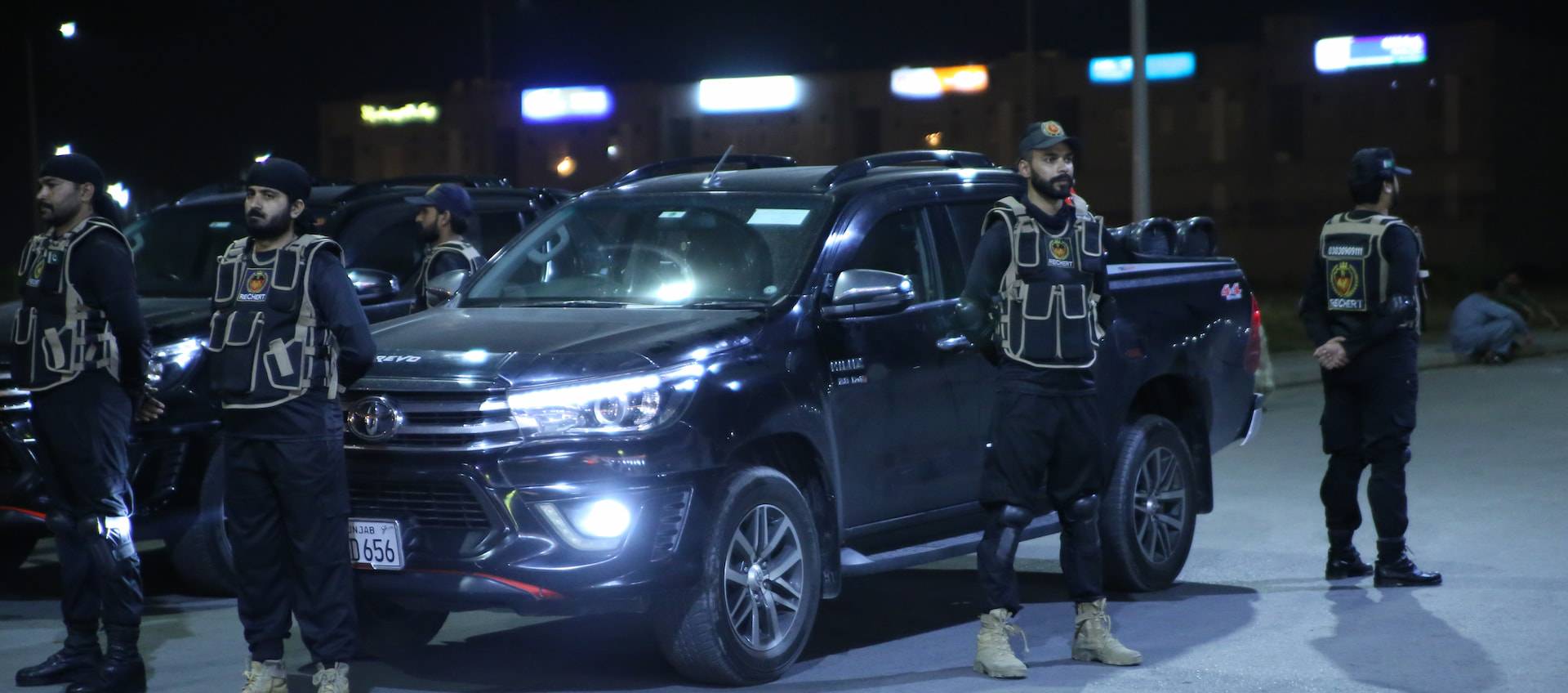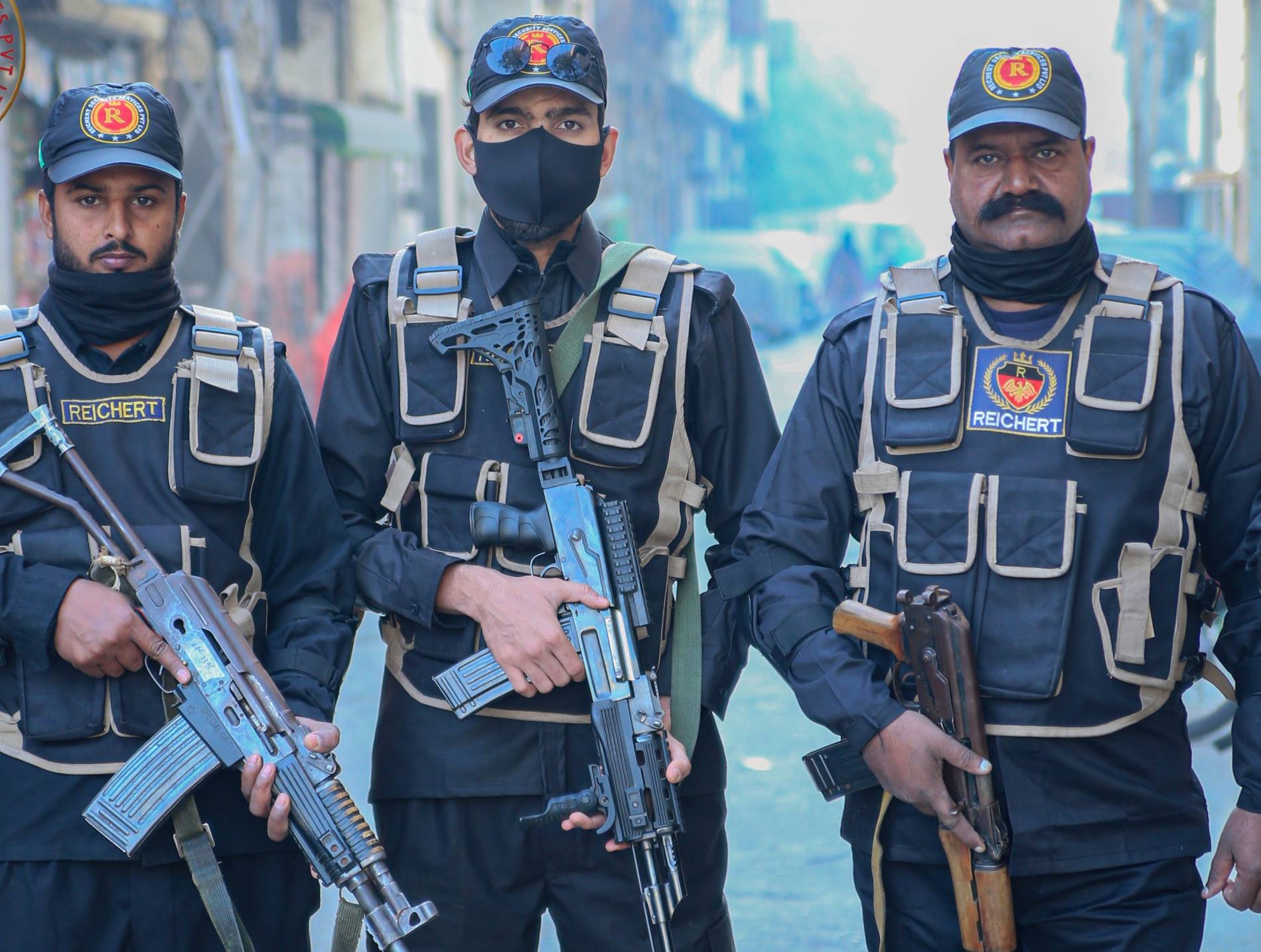- Japan issues tsunami alerts, urging people to evacuate coastal areas after a series of strong quakes hit its western coastline.
- The Japan Meteorological Agency reports quakes off the coast of Ishikawa and nearby prefectures, one with a preliminary magnitude of 7.6.
- A major tsunami warning issued for Ishikawa and lower-level tsunami warnings for the rest of the western coast of Honshu island.
- Japanese public broadcaster NHK TV warns torrents of water could reach as high as 5 metres (16.5 feet) and urged people to flee to higher ground.
-
Flights cancelled to Niigata, Ishikawa regions
Japanese airline ANA has turned back planes headed to airports in Toyama and Ishikawa.
Japan Airlines has cancelled most of its services to Niigata and Ishikawa regions and authorities said one of Ishikawa’s airports was closed.
Click -
At least six homes damaged, fire breaks out in Wajima city
At least six homes in Japan have been damaged by the earthquakes, with people trapped inside.
A fire has broken out in Wajima city, Ishikawa prefecture, and electricity is out for more than 30,000 households, government spokesperson Yoshimasa Hayashi said, adding that Japan’s military was taking part in the rescue efforts.
Japanese media footage showed people running through the streets, and red smoke spewing from a fire in a residential neighbourhood.
More than a dozen strong quakes had been detected in the region, with risks of setting off landslides and houses collapsing, according to the Meteorological Agency.

An aerial view shows fire site after an earthquake at a residential area in Wajima, Ishikawa prefecture, Japan [Kyodo via Reuters] Click here to share on social media -
Rush to stock up on essentials as series of quakes rattles Japan
Takashi Wakabayashi, a worker at a convenience store in Ishikawa prefecture, says items tumbled from the shelves, but the biggest problem is a huge crowd of people who showed up to stock up on bottled water, rice balls and bread.
“We have customers at three times the level of usual,” he said.
Monday’s temblor struck nearly 13 years after a 9.0 magnitude earthquake sparked the devastating tsunami – a disaster that killed more than 18,000 people, destroyed communities along the country’s northeast coast, and triggered nuclear contamination from a smashed nuclear plant.
Click -
Earthquake strongest recorded in Noto region
The 7.6 earthquake that hit Japan is the strongest recorded in the Noto Peninsula region in Ishikawa prefecture since 1885 when data became available.
An official from the Japan Meteorological Agency says Monday’s event marks the first time a major tsunami warning was issued since March 11, 2011.
It’s also the first time an earthquake with a seismic intensity of 7.0 occurred in Japan since September 2018.
 Click here to share on social media
Click here to share on social media -
‘Next 90 minutes really a danger period’
Chris Gilbert, reporting from Tokyo, says waves have hit the northwest coast of Japan but more are still coming in.
“These are 50cm to 1 metre. We’re heading into high tide now and the next 90 minutes are really going to be a danger period for potential further tsunami,” he said.
“Now this size is a far cry from what we saw 12 years ago after the great earthquake then, when the tsunami size was 30 metres. But it barely takes half a metre to knock someone over, so the danger is still very real.”
Click here to share on social media -
Photos: Damage reported after 7.6 earthquake hits Japan
Here are the latest photos showing the aftermath of the quake that hit Japan:

People stand near a collapsed gate caused by the quake at Onohiyoshi Shrine in Kanazawa, Ishikawa prefecture, Japan [Kyodo via Reuters] 
People evacuate to higher ground at a parking space of a junior high school after a tsunami warning was issued in Wajima, Ishikawa prefecture [Kyodo via Reuters] 
People walk along a damaged road in Wajima, Ishikawa prefecture [Kyodo via Reuters] 
A collapsed house is seen in Wajima, Ishikawa prefecture [Kyodo via Reuters] Click -
North Korea issues tsunami warnings: Report
North Korea has also issued tsunami warnings for its east coast, saying waves of up to 2.08 metres (6.8 feet) can reach its shore, South Korean Yonhap news agency reported, citing the North’s state radio.
Click here to share on social media -
Capital Tokyo feels quake from opposite coast
Footage by broadcaster NHK shows a building collapsing in a plume of dust in the coastal city of Suzu and residents in Kanazawa city cowering under tables as tremors shook their homes.
The powerful quake jolted buildings in the capital Tokyo on the opposite coast.
Japan is an extremely quake-prone nation. In March 2011, a major quake and tsunami caused meltdowns at a nuclear plant in Fukushima. An estimated 18,400 people died in that temblor.
Source@
- Japan issues tsunami alerts, urging people to evacuate coastal areas after a series of strong quakes hit its western coastline.
- The Japan Meteorological Agency reports quakes off the coast of Ishikawa and nearby prefectures, one with a preliminary magnitude of 7.6.
- A major tsunami warning issued for Ishikawa and lower-level tsunami warnings for the rest of the western coast of Honshu island.
- Japanese public broadcaster NHK TV warns torrents of water could reach as high as 5 metres (16.5 feet) and urged people to flee to higher ground.
-
Flights cancelled to Niigata, Ishikawa regions
Japanese airline ANA has turned back planes headed to airports in Toyama and Ishikawa.
Japan Airlines has cancelled most of its services to Niigata and Ishikawa regions and authorities said one of Ishikawa’s airports was closed.
Click here to share on social media -
At least six homes damaged, fire breaks out in Wajima city
At least six homes in Japan have been damaged by the earthquakes, with people trapped inside.
A fire has broken out in Wajima city, Ishikawa prefecture, and electricity is out for more than 30,000 households, government spokesperson Yoshimasa Hayashi said, adding that Japan’s military was taking part in the rescue efforts.
Japanese media footage showed people running through the streets, and red smoke spewing from a fire in a residential neighbourhood.
More than a dozen strong quakes had been detected in the region, with risks of setting off landslides and houses collapsing, according to the Meteorological Agency.

An aerial view shows fire site after an earthquake at a residential area in Wajima, Ishikawa prefecture, Japan [Kyodo via Reuters] Click here to share on social media -
Rush to stock up on essentials as series of quakes rattles Japan
Takashi Wakabayashi, a worker at a convenience store in Ishikawa prefecture, says items tumbled from the shelves, but the biggest problem is a huge crowd of people who showed up to stock up on bottled water, rice balls and bread.
“We have customers at three times the level of usual,” he said.
Monday’s temblor struck nearly 13 years after a 9.0 magnitude earthquake sparked the devastating tsunami – a disaster that killed more than 18,000 people, destroyed communities along the country’s northeast coast, and triggered nuclear contamination from a smashed nuclear plant.
Click here to share on social media -
Earthquake strongest recorded in Noto region
The 7.6 earthquake that hit Japan is the strongest recorded in the Noto Peninsula region in Ishikawa prefecture since 1885 when data became available.
An official from the Japan Meteorological Agency says Monday’s event marks the first time a major tsunami warning was issued since March 11, 2011.
It’s also the first time an earthquake with a seismic intensity of 7.0 occurred in Japan since September 2018.
 Click here to share on social media
Click here to share on social media -
‘Next 90 minutes really a danger period’
Chris Gilbert, reporting from Tokyo, says waves have hit the northwest coast of Japan but more are still coming in.
“These are 50cm to 1 metre. We’re heading into high tide now and the next 90 minutes are really going to be a danger period for potential further tsunami,” he said.
“Now this size is a far cry from what we saw 12 years ago after the great earthquake then, when the tsunami size was 30 metres. But it barely takes half a metre to knock someone over, so the danger is still very real.”
Click here to share on social media -
Photos: Damage reported after 7.6 earthquake hits Japan
Here are the latest photos showing the aftermath of the quake that hit Japan:

People stand near a collapsed gate caused by the quake at Onohiyoshi Shrine in Kanazawa, Ishikawa prefecture, Japan [Kyodo via Reuters] 
People evacuate to higher ground at a parking space of a junior high school after a tsunami warning was issued in Wajima, Ishikawa prefecture [Kyodo via Reuters] 
People walk along a damaged road in Wajima, Ishikawa prefecture [Kyodo via Reuters] 
A collapsed house is seen in Wajima, Ishikawa prefecture [Kyodo via Reuters] Click here to share on social media -
North Korea issues tsunami warnings: Report
North Korea has also issued tsunami warnings for its east coast, saying waves of up to 2.08 metres (6.8 feet) can reach its shore, South Korean Yonhap news agency reported, citing the North’s state radio.
-
Capital Tokyo feels quake from opposite coast
Footage by broadcaster NHK shows a building collapsing in a plume of dust in the coastal city of Suzu and residents in Kanazawa city cowering under tables as tremors shook their homes.
The powerful quake jolted buildings in the capital Tokyo on the opposite coast.
Japan is an extremely quake-prone nation. In March 2011, a major quake and tsunami caused meltdowns at a nuclear plant in Fukushima. An estimated 18,400 people died in that temblor.
Source:https://www.aljazeera.com/news/liveblog/2024/1/1/japan-earthquake-live-major-tsunami-warnings-issued-after-7-6-quake-hits















